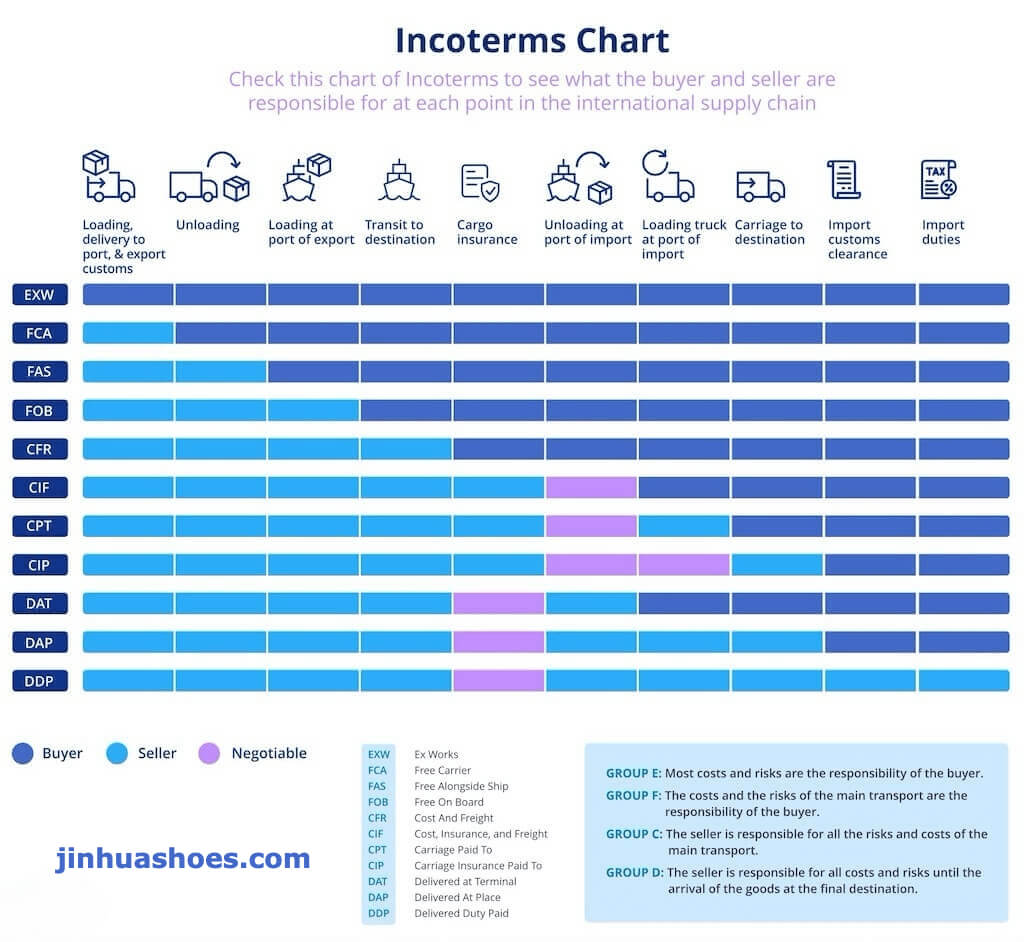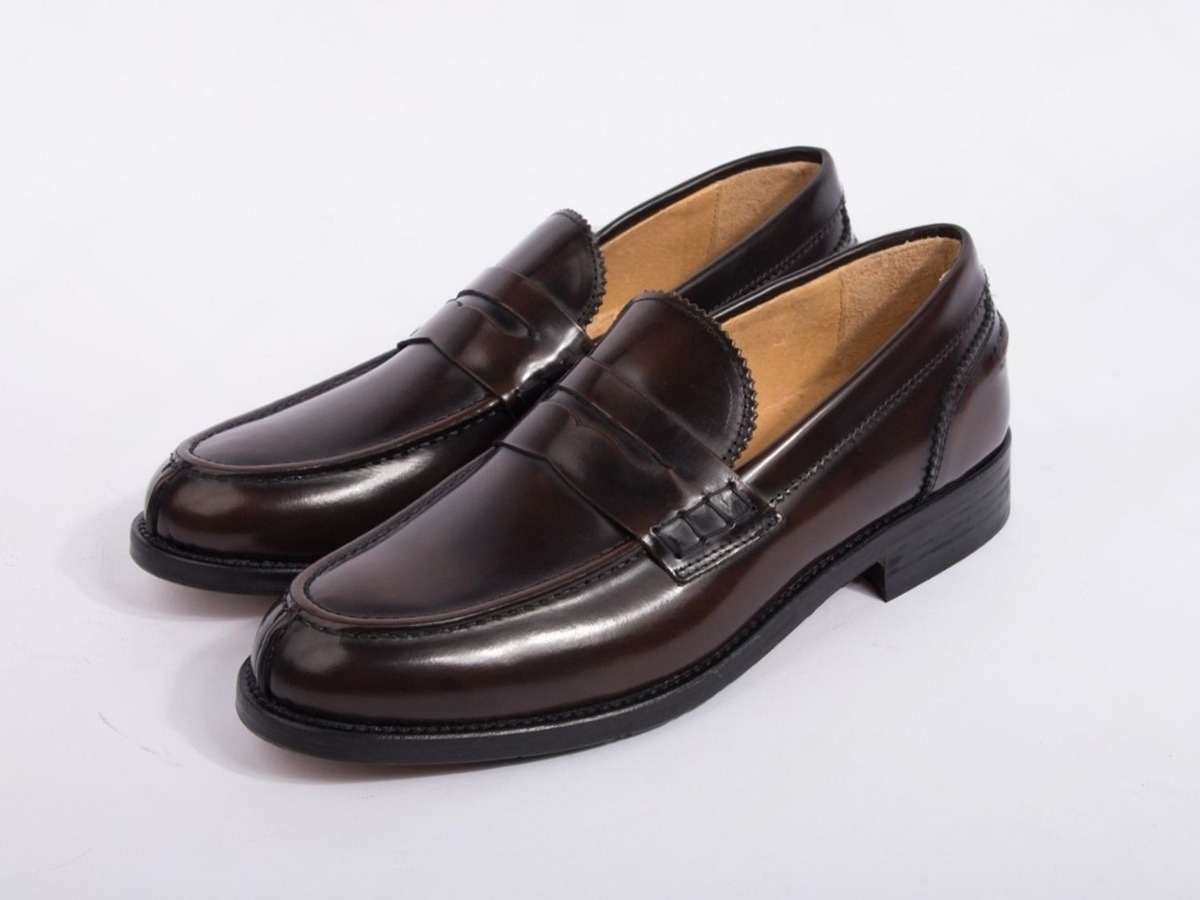The internet is full of guides that tell you how to find a shoe factory in China. They give you a neat little checklist: find a supplier on Alibaba, negotiate the price, get a sample, place an order. If it were that simple, everyone would be successful, and you wouldn’t be reading this.
You’re reading this because you know the reality. You know that knot-in-your-stomach feeling when you’ve wired a 30% deposit to a factory you’ve never met. You know the anxiety of waiting for a container to clear customs, praying the quality of the 5,000th pair of custom leather boots is as good as the one perfect sample you approved.
Sourcing isn’t a checklist; it’s a high-stakes relationship. And most brands get it wrong from the very first step because they’re asking the wrong question. They ask, “How can I get my shoes made cheaper?”
The right question is: “How do I build a partnership so strong that the factory becomes an extension of my own team?”
That shift in mindset is everything. It’s the difference between a brand that struggles with constant quality issues and delays, and a brand that scales smoothly and profitably. This isn’t a checklist. This is a guide to the unspoken rules—the deep mind strategy—for building a bulletproof manufacturing partnership in China.
The Biggest Mistake: Chasing the Lowest Price (And Ignoring the Real Value)
The narrative you hear is that China is getting too expensive. You see the hourly wage charts comparing China to Vietnam or Indonesia and think the decision is obvious. This is the first, and most critical, trap.
A myopic focus on labor cost is a sign of an amateur. A professional understands the concept of total landed cost and, more importantly, the cost of failure.
Here’s a real-world story: A fast-growing brand of sustainable footwear decided to move production of their complex, multi-component sneaker from China to a new factory in Southeast Asia to save 15% on labor. What happened? The new factory couldn’t source the specific recycled EVA foam for the midsoles or the organic cotton canvas locally. They had to import it all… from China. The project was hit with a ten-week delay, they missed the Earth Day retail window, and the logistical nightmare erased any potential savings.
China’s superpower isn’t cheap labor anymore. It’s a deeply integrated, lightning-fast, and increasingly innovative supply chain ecosystem. It’s the only place in the world where you can source virtually every component for a high-performance waterproof hiking boot or a delicate women’s fashion sandal within a single province.
The smart strategy isn’t abandoning China. It’s leveraging China for what it does best: innovation, quality, and complex production. You go to China when the details matter.
The Three Pillars of a Bulletproof Partnership (The Stuff That’s Non-Negotiable)
Once you’ve shifted your mindset, you can start looking for a partner. Forget the glossy marketing. You need to dig deep on three foundational pillars. If a factory is weak on any of these, it’s an immediate red flag.
Pillar 1: An Almost Fanatical Obsession with Quality
Every factory will tell you they have “great quality.” That means nothing. You need to see proof of a system.
The Baseline is ISO 9001: This isn’t just a piece of paper. It’s a sign that they have a documented, repeatable process for everything from inspecting raw materials to final assembly. It’s the difference between a factory that gets quality right by accident and one that gets it right by design.
They Live by Global Testing Standards: Ask them for recent test reports for ASTM or SATRA standards. A proud, confident factory will be eager to show you how their men’s casual dress shoes held up in a sole adhesion test or how their leather passed a colorfastness test. Silence or excuses are a major warning sign.
They Welcome a Three-Stage Inspection: A great partner is not afraid of scrutiny. They will welcome your own independent inspector for a pre-production check on materials, a during-production check to catch issues early, and a final random inspection before shipment. If a factory pushes back on this, run.
Pillar 2: Ironclad, No-Excuses IP Protection
Let’s be blunt: if you send your unique design for a new fashion sneaker to a Chinese factory before you’ve protected your IP, you have to assume it will be copied. The system is “first-to-file.” It’s your responsibility to protect yourself.
Register Your IP First. No Exceptions. Before a single design file leaves your outbox, you must register your trademarks (including a Chinese character version) and design patents with the CNIPA (China National Intellectual Property Administration). This is non-negotiable.
A Western NDA is Worthless: You need a China-specific NNN Agreement (Non-Use, Non-Disclosure, Non-Circumvention). It must be in Chinese and be governed by Chinese law. This is the only legal tool that has real teeth in a Chinese court. Any factory that refuses to sign a properly drafted NNN is telling you everything you need to know.
Pillar 3: Verifiable, On-the-Ground Ethical Practices
In today’s market, your customers and your retail partners care about how your products are made. With regulations like the EU’s CSDDD looming, you are legally and financially liable for labor violations in your supply chain.
Demand Current Audits: Don’t accept a five-year-old report. Ask for a recent BSCI or SA8000 audit. These reports give you a detailed look into everything from worker pay and hours to workplace safety.
Trust, but Verify: A truly transparent partner will be open to unannounced spot-checks. At Jinhuashoes.com, for example, we know that building long-term trust means being open to this level of scrutiny because we’re confident in our processes.
Beyond the Checklist: The Insider Truths You Won’t Find Elsewhere
This is where we go deeper. The following are the kind of hard-won lessons that separate the brands that thrive from those that merely survive.
Insider Truth #1: The Perfect Tech Pack Can Be a Trap.
You need a detailed tech pack. But if it’s so rigid that it leaves no room for your factory’s expertise, you’re missing out on a huge opportunity. Your factory partner makes shoes, day in and day out. They know which new adhesive is performing better or which construction method can reduce a 5% failure rate on a tricky seam. The best relationships happen when you present your tech pack not as a command, but as the start of a conversation. Ask them: “This is our vision. Based on your experience, how can we make it better, more durable, or more efficiently?”
Insider Truth #2: The First Sample is a Conversation Starter, Not a Final Exam.
Brands often get frustrated when the first sample isn’t perfect. But an experienced pro sees the first sample for what it is: a physical test of how well you and the factory communicate. Did they interpret your instructions correctly? Where were the ambiguities? A good factory will send the first sample along with notes and suggestions. How you and the factory work through those revisions is a better predictor of long-term success than the quality of the first sample itself.
Frequently Asked Questions
Q1: I love this partnership idea, but I’m worried about protecting my designs. How can I start a conversation safely?
A: First step, always: sign a China-specific NNN agreement (Non-Use, Non-Disclosure, Non-Circumvention) to protect your IP. Only after that do we discuss your project at a high level—so you can judge our expertise without revealing sensitive details. We only review your full tech pack when you feel 100% secure.
Q2: You say “don’t chase the lowest price.” How do I know your quote is fair and not just high margins?
A: We give you a clear, itemized breakdown—FOB unit cost vs. one-time costs like molds—with explanations tied to materials, construction complexity, and quality control. A fair price isn’t the cheapest; it’s the most honest for the quality you expect.
Q3: This feels like it’s for big brands. What if I’m small with low MOQs?
A: Actually, this model is more important for growing brands. We adapt—start with smaller runs, suggest materials that work for lower quantities, and scale production as you grow. We’re built to grow with you, not against you.
Conclusion: Stop Looking for a Supplier. Start Cultivating a Partner.
Building a world-class manufacturing operation in China has nothing to do with finding the cheapest vendor. It has everything to do with cultivating a deep, collaborative, and trust-based partnership.
It requires a mindset shift—from a transactional relationship to a strategic alliance. It demands rigorous, front-loaded due diligence. And it requires a commitment to clear communication and mutual respect.
The brands that master this will do more than just get their products made. They will innovate faster, build more resilient supply chains, and deliver the kind of quality that earns customers for life. The work is hard, but the rewards are immense. The choice is yours.
If you’re ready to build a more profitable and resilient footwear brand, contact us today for a free supply chain consultation. You can start the conversation by reaching out to our expert team through your preferred channel below.
📧 Email: sales@jinhuashoes.com
(You’ll get personalized, expert feedback within 12 business hours.)



